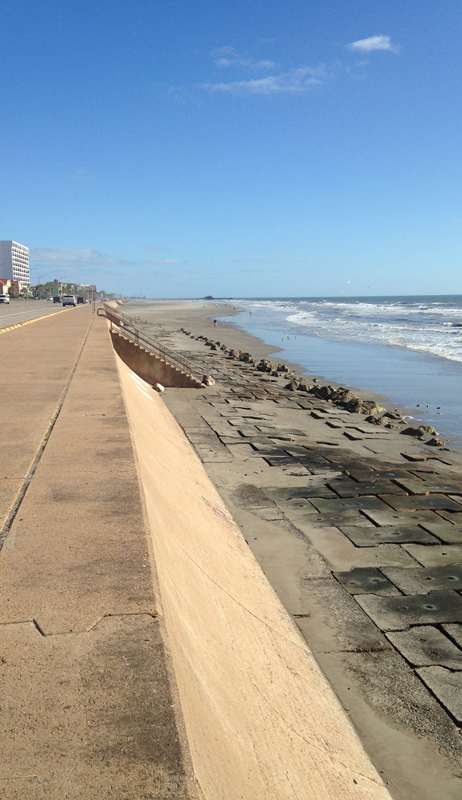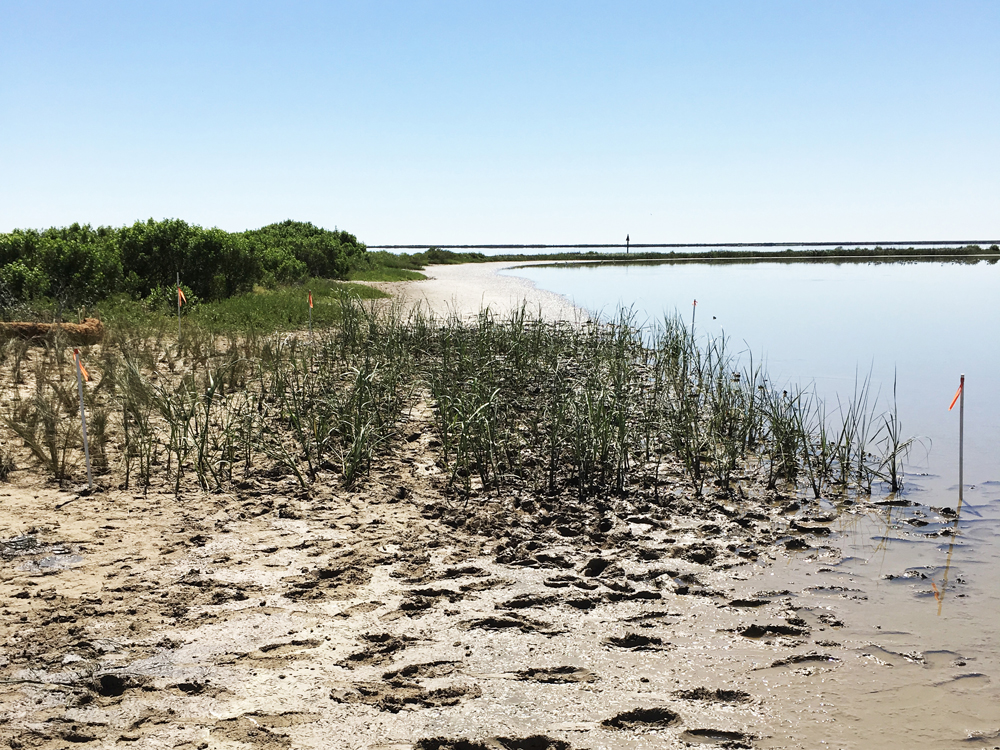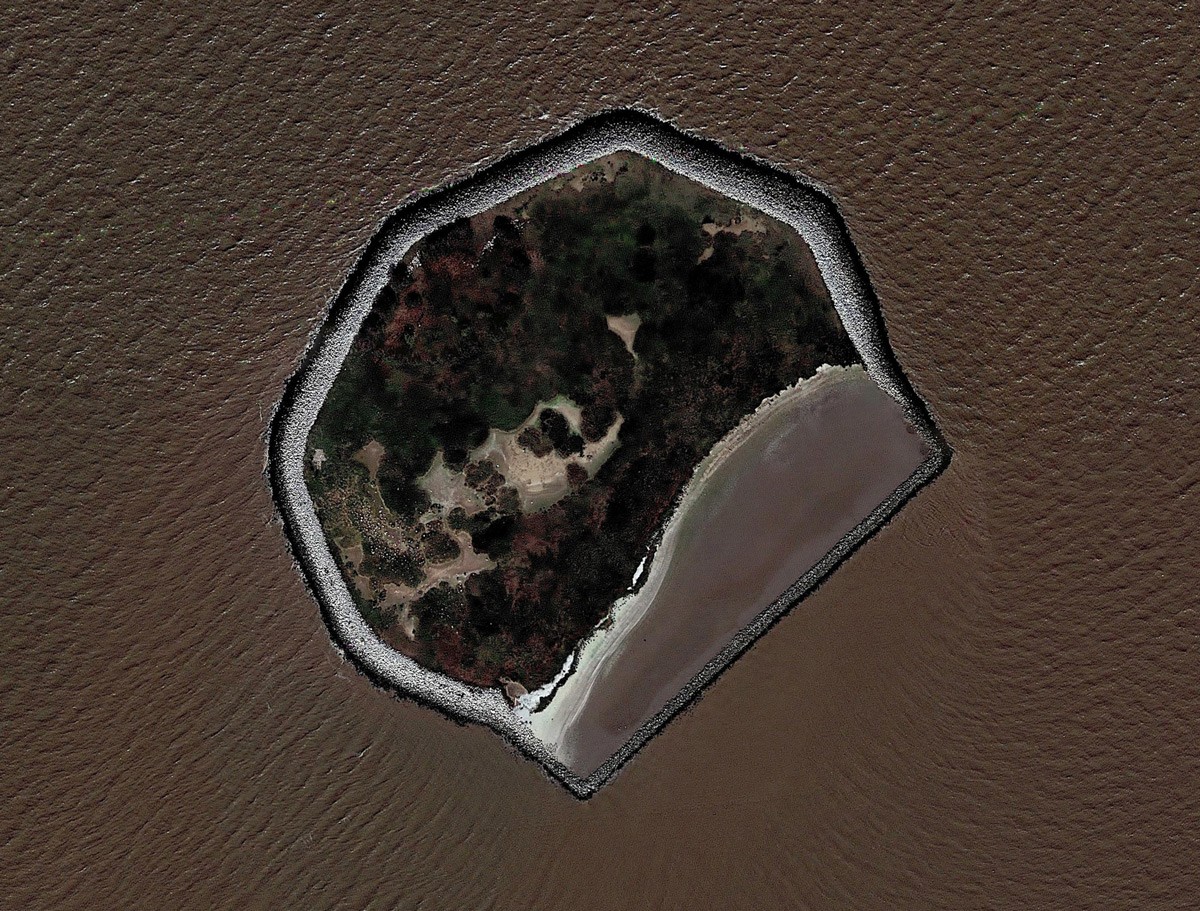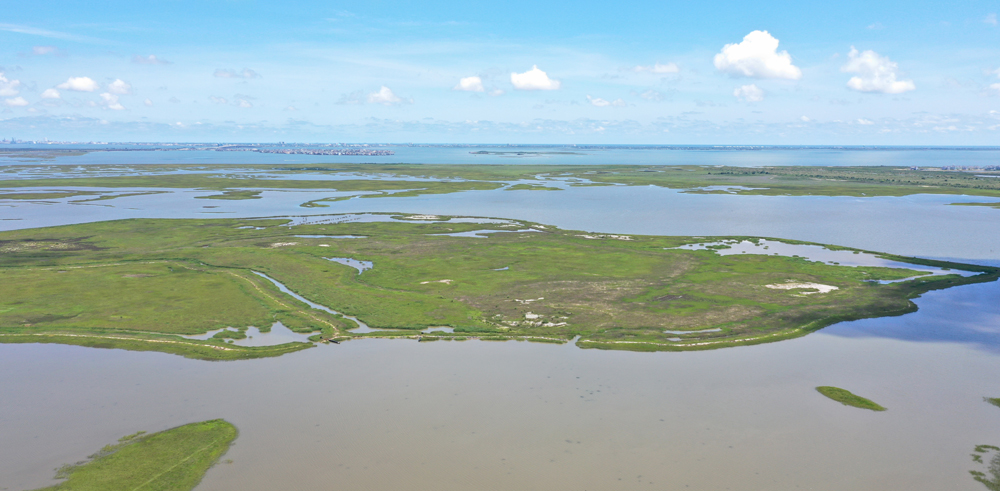This project is featured in Engineering With Nature: An Atlas, Volume 1.
Location: Galveston, Texas, United States.
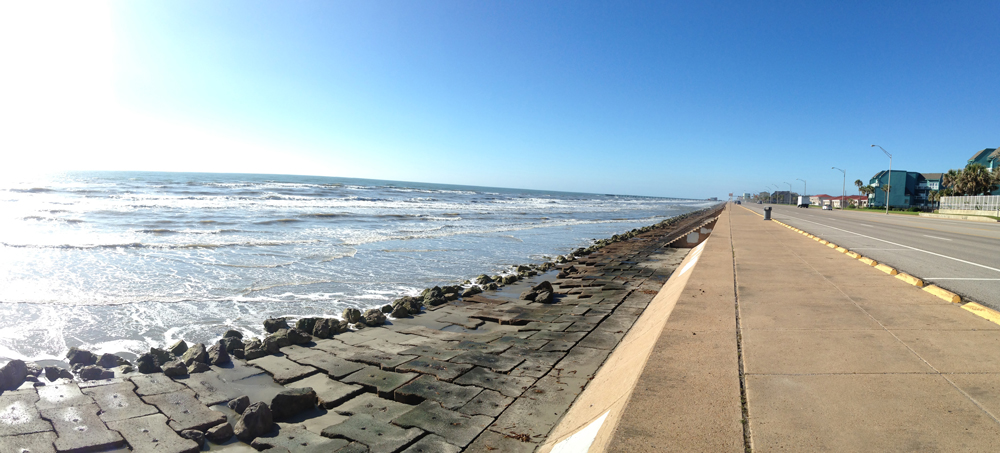
The beach nourishment effort on Galveston Island at 61st Street is an excellent example of a beneficial use of dredged material project working in harmony with Engineering With Nature principles. Completed in 2015, the project work was executed by Great Lakes Dredge and Dock Company under contract to the U.S. Army Corps of Engineers (USACE) Galveston District (SWG). Sediment from periodic ship channel dredging and maintenance was placed on the site to help rebuild the beach at 61st and Seawall Blvd. This effort provided recreational benefits for the local Galveston population; additionally, the rebuilding of Galveston’s beaches helped attract tourism from nearby Houston, a city with a metro area population of 6.3 million. Since the dredged material in this case was placed on the beach, the project also helped retain future capacity within other types of dredging placement areas.
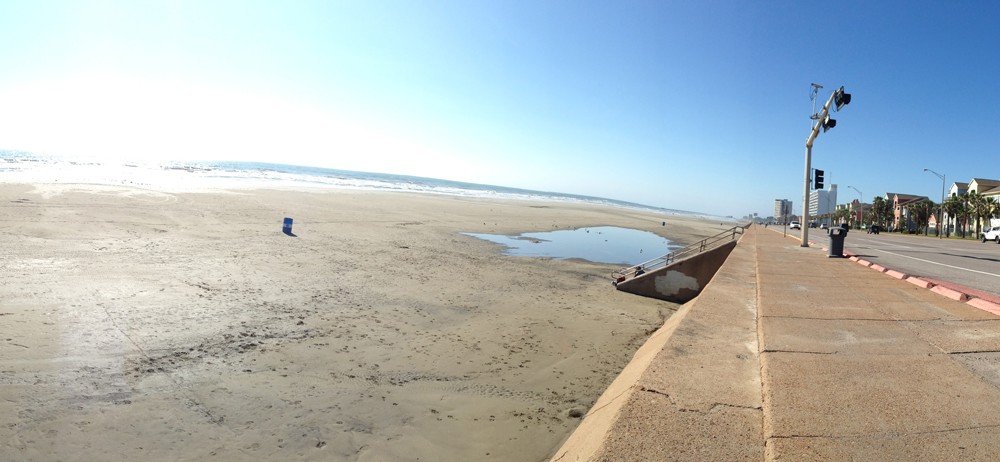
Producing Efficiencies
As part of a long-term strategy to build public beaches, provide storm surge protection, and increase property value, the project utilized sediment that would normally be placed in an area without recreational or economic benefit to local communities. By utilizing sediment that was native to the area on a beach that experienced erosion, the beach could be rebuilt in a manner that was ecologically responsible and historically correct. Before placement, the sediment was analyzed for any potentially harmful compounds; it was also evaluated for grain size and mineralogical makeup. These samples were processed and analyzed to help SWG monitor the changes the sediment underwent throughout the dredging and placement process.
Using Natural Processes
The dredged material was removed from the navigation channel during routine channel maintenance and pumped out onto the beach. The rebuilt beaches better dispersed the natural wave energy during high-tide periods.
Broadening Benefits
This project restored a beach that had receded up to the current storm surge barrier. This effort represents restoration of hundreds of feet of beach that over a century of storm events and erosion had depleted. Dredging of the federal channel is necessary to maintain navigable waterways, and this beneficial use project allowed USACE to work with a cost-sharing sponsor to place the material along the coastline. This beach is essential for storm surge protection, is an important economic driver for the island’s tourism industry, and will increase local property value.
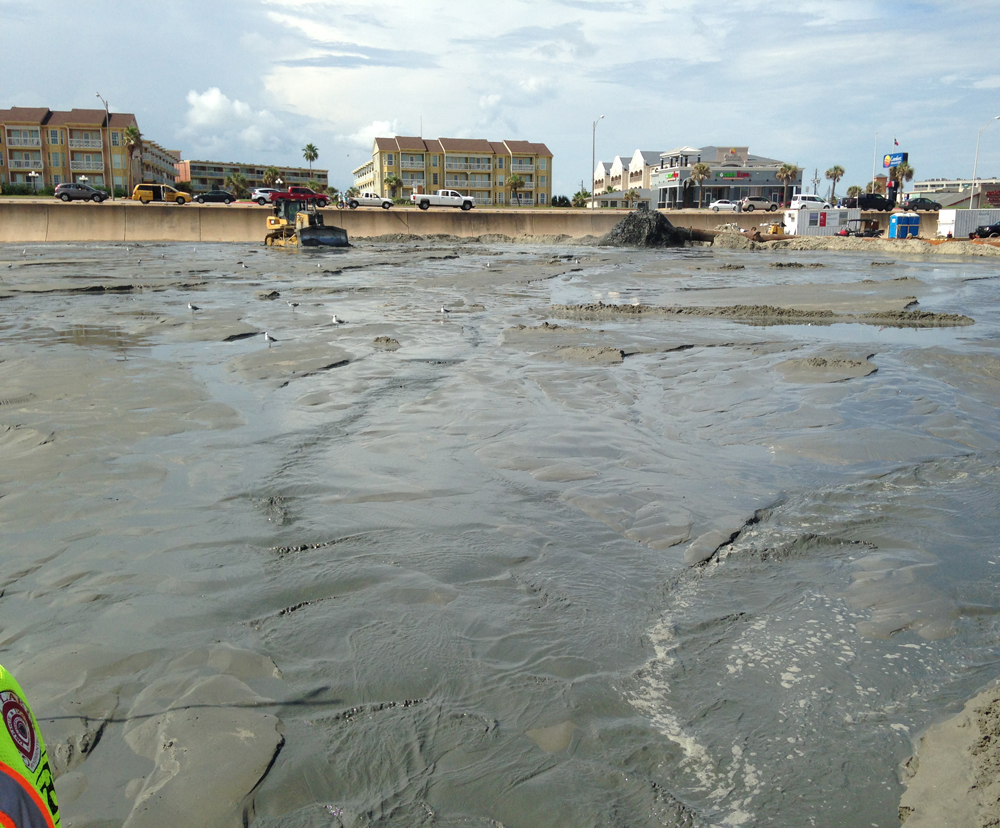
Promoting Collaboration
Through federal, state, and local collaboration, the beach at Galveston Island’s historic seawall was renourished. This was a collaborative undertaking between the Galveston Park Board of Trustees, Texas General Land Office, and the SWG.


